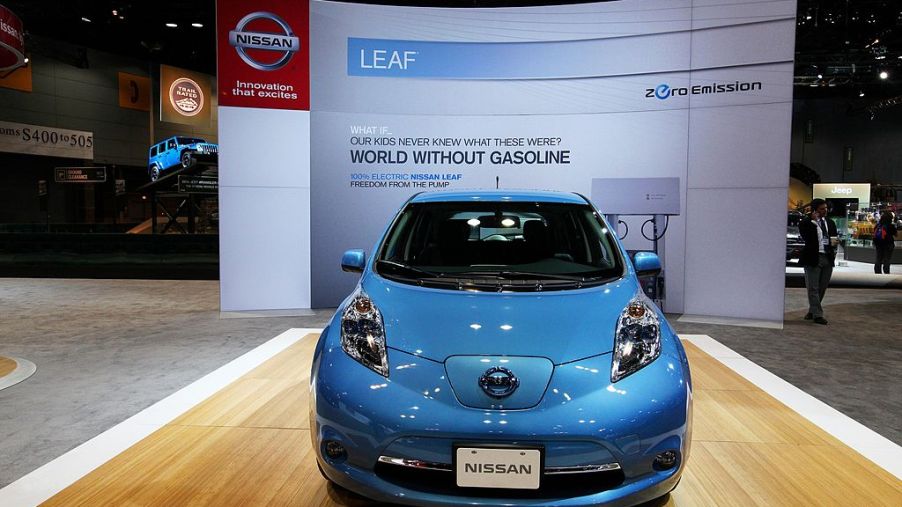
Nissan Leaf vs Kia Niro: Which EV Has the Better Range
When it comes to buying a beginner electric vehicle, or one that falls closer to your budget range, the Kia Niro and the Nissan Leaf are two popular options to choose from. Both are easy to drive, but there are definite differences between the two.
Here, we’ll look at both electric cars and what each has to offer. We’ll also see how each one measures up when it comes to affordability and driving range.
Kia Niro
The Niro resembles the Hyundai Kona in many ways. The major difference is the fact that the Niro is designed to be more SUV-like in the way it drives, and in its appearance. Despite the longer length, it still comes at a fairly affordable price, for an electric vehicle, that is. With a pretty good spec sheet for a base model, it impresses.
Consumer Reports says the Kia offers larger cargo space, roomier interior, and comfortable seating in both the front and rear of the car. Ride height will be more like an SUV giving the driver a much clearer view of the road.
The base model of the Kia Niro EX comes standard with automatic emergency braking, a blind-spot warning system, and a lane-keeping assist safety feature. It also comes with Android Auto and Apple Car play compatible systems with a 7-inch infotainment screen. The EX Premium trim level is the same but adds luxury features, like heated leather seats, adjustable driver’s seat controls, and an eight-speaker sound system.
However, it has its drawbacks. Kia built the Niro in South Korea where there’s currently a battery shortage. This means the number of cars sold in the U.S. will be limited, and it will only be in certain states. Also, you won’t find an all-wheel drive option for this Kia. It only comes with a front-wheel-drive power train.
Nissan Leaf
The Nissan Leaf is another affordable electric vehicle, at least for the base trim. Standard features on this car include a 40 kWh battery, forward-collision warning system, and automatic emergency braking.
You’ll find the Leaf comes in several packages, so you can find one that best suits your needs. Like the Niro, it offers plenty of room for passengers to ride in comfort, and you’ll have more than enough space in the cargo area to haul plenty of items.
The cost is impressive, but what makes it less desirable is that it doesn’t come with much for the base trim. All the goodies are found at the higher-priced trim packages. The driving and handling of the base model aren’t much to write home about either. However, if you go with a higher level package, you can get an efficient model with some nice luxury-type features.
Which one provides a better range?
The Niro comes standard with the 64 kWh battery. Its 201 hp motor, and the 291 lb. ft of torque will get you to 62 mph in approximately 7.8 seconds. All in all, you can expect about 239 miles of driving range with the Kia Niro. That’s pretty close to some of its competitors, putting it in the same league as the Tesla Model 3.
If you go with the base model Leaf and its 40 kWh battery, you will only get 140 miles, according to Consumer Reports, before you have to charge it up again. However, the S Plus trim model of the Leaf comes with a 62 kWh battery that increases the range to 226 miles, which is pretty close to the Niro.
If long-range driving is what you need, and you’re impressed with what the Leaf offers, consider the S Plus trim to get the most out of your investment.
Both electric vehicles can be great options if you’re looking to get rid of the gas-powered, or hybrid cars. The Niro comes out on top, mainly because you get more at the base trim level than you do with the Leaf. If you pay more for the S Plus trim, then the Nissan Leaf will be more of a competitor to the Kia Niro EV as far as performance goes. However, the price would fall a bit higher.


